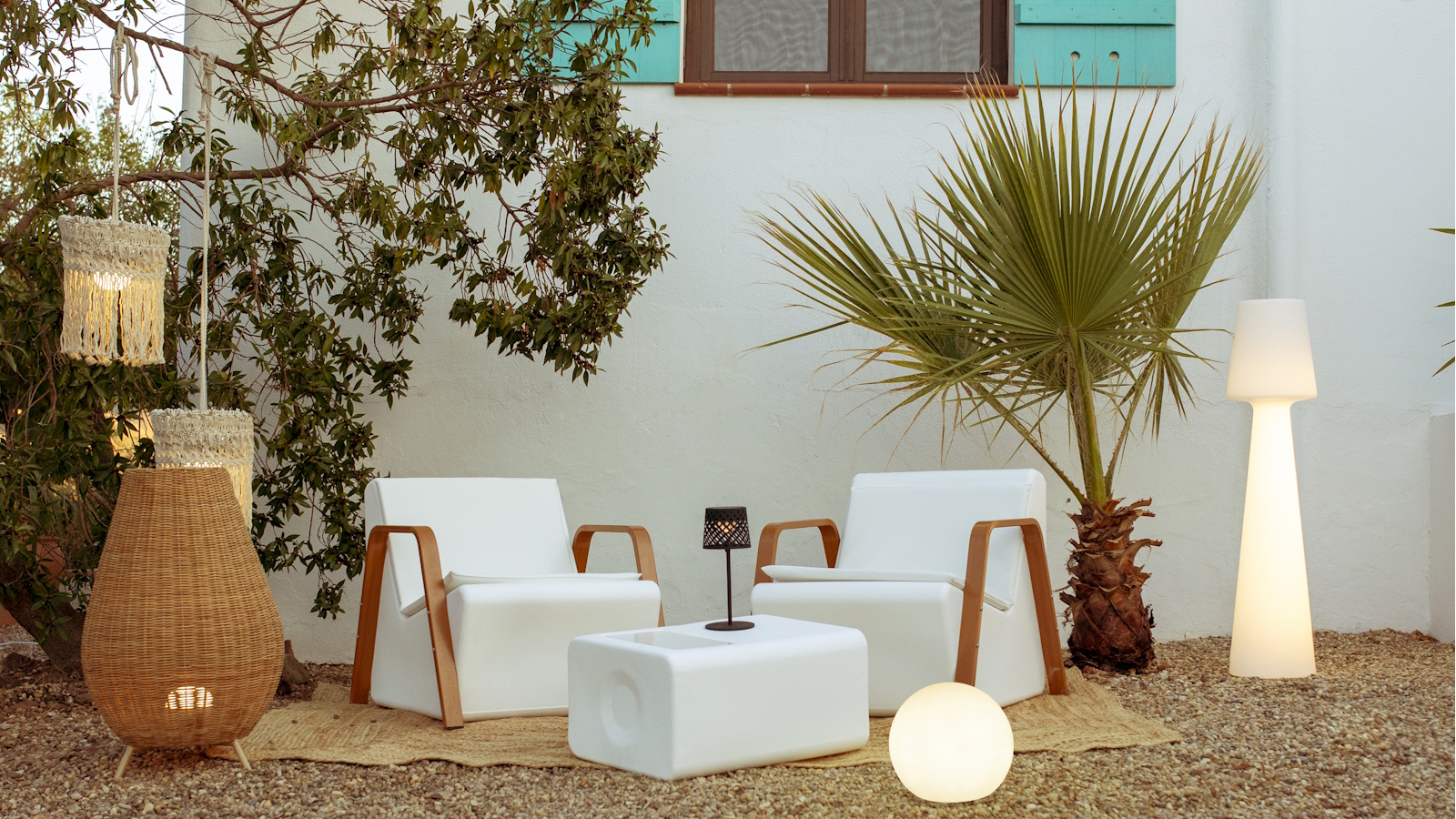
Preferring warm and moist environments, spring is the ideal time for slugs to make an appearance in the garden . If you’ve been busy planting spring bulbs over the winter, it’s likely they’ll make a beeline for these too in search of food. While they can be a pesky garden visitor, they’re an important part of the ecosystem, and help enrich soil.
So you might not want to banish them entirely, and in fact, you probably won't be able to, as they’re able to burrow into soil and happy to hide out of sight in dark, shady areas. With searches for slug repellent increasing 130% across the last month alone, landscaping specialist Andy McLaughlin at RF Paving has revealed his top tips for deterring slugs from your garden - and one method might surprise you. Instead of getting rid of them, if you’re looking to limit the damage slugs do to your garden by chomping their way through your plant stems and leaves, you should be paying extra attention to them.

Next time you see a trail of slime left behind, don’t panic. These trails could be a clue to helping you locate their favourite spots in your garden, and prevent them from coming back. “The trails are a clue to finding snails’ favourite feeding grounds and the ideal place to position deterrents,” said Andy.
While the trails might be “unsightly” they don’t actually do any damage, and can be quickly wiped away. Once you’ve identified their favourite spots in your garden, keeping an eye out so they don’t start causing some serious long-term damage to these areas can be helped by introducing deterrents. Many popular deterrents such as table salt or slug-repellent pellets can actually damage our gardens, so Andy recommends sticking to decorative aggregate or copper tape, which can enhance the look of your garden.
Copper tape can be particularly effective, as slugs have a natural aversion to the material due to it causing a slight electrical shock when it comes into contact with their slime. The deterrent can easily be added around the perimeter of a plant plot, and quickly “enhances the look of a bland pot while serving a valuable function.” It’s also worth considering what you’re planting, and how this could make your garden more inviting to slugs.
Andy advised that planting “strong-smelling mint, garlic, or fennels can help deter them” but gardeners should avoid “plants with longer leaves.” Plants like hostas, ferns and vegetables grown outside including lettuce and strawberries are particularly susceptible to snails if planted in the ground, as they tend to have longer leaves which snails can easily climb. Considering where you plant these, or what you plant them with is important for deterring snails which could “access the plants away from any deterrents that may have been used” if leaves are easily accessible via the “ground, fences or walls.
”.















